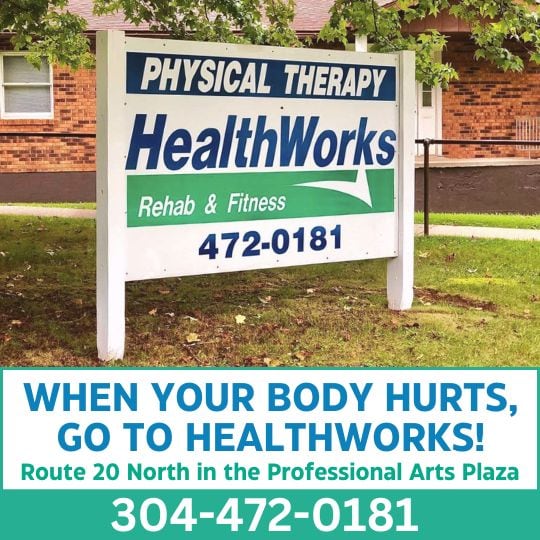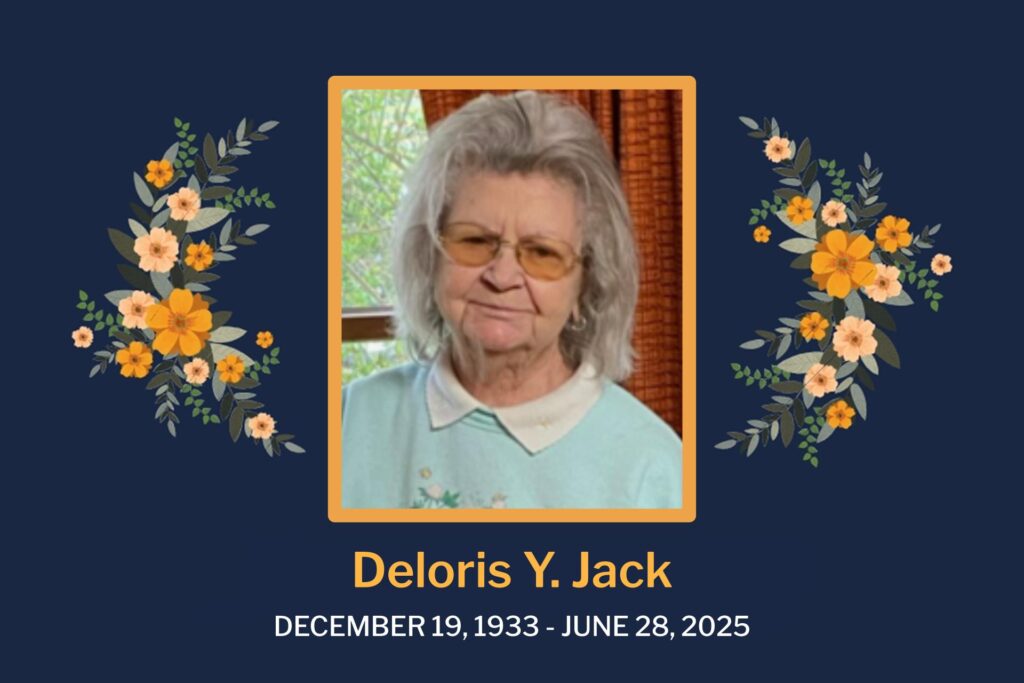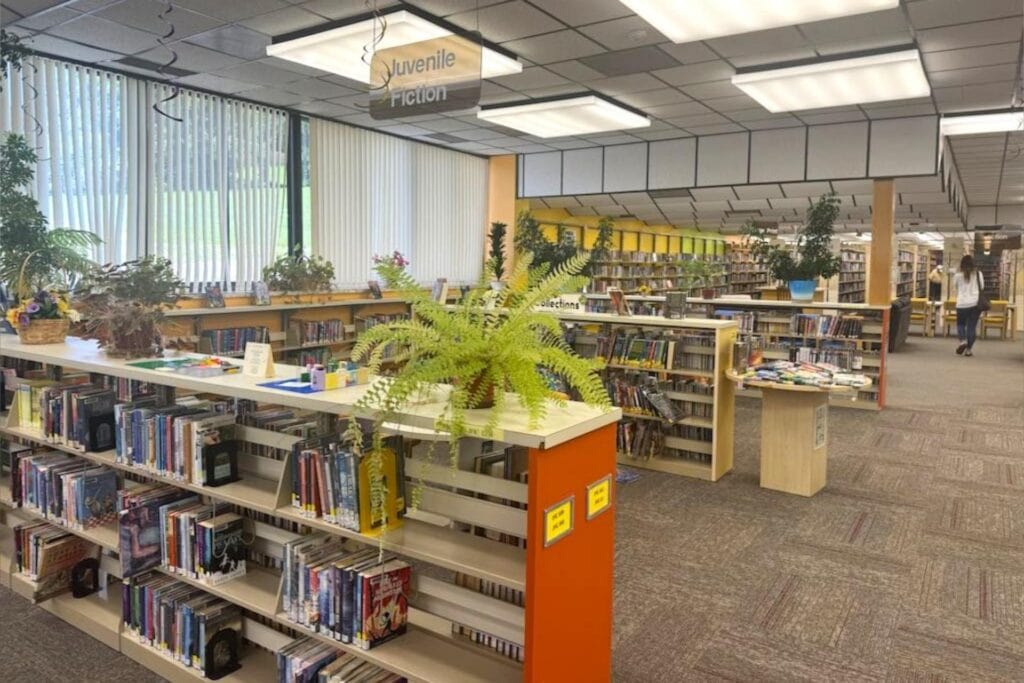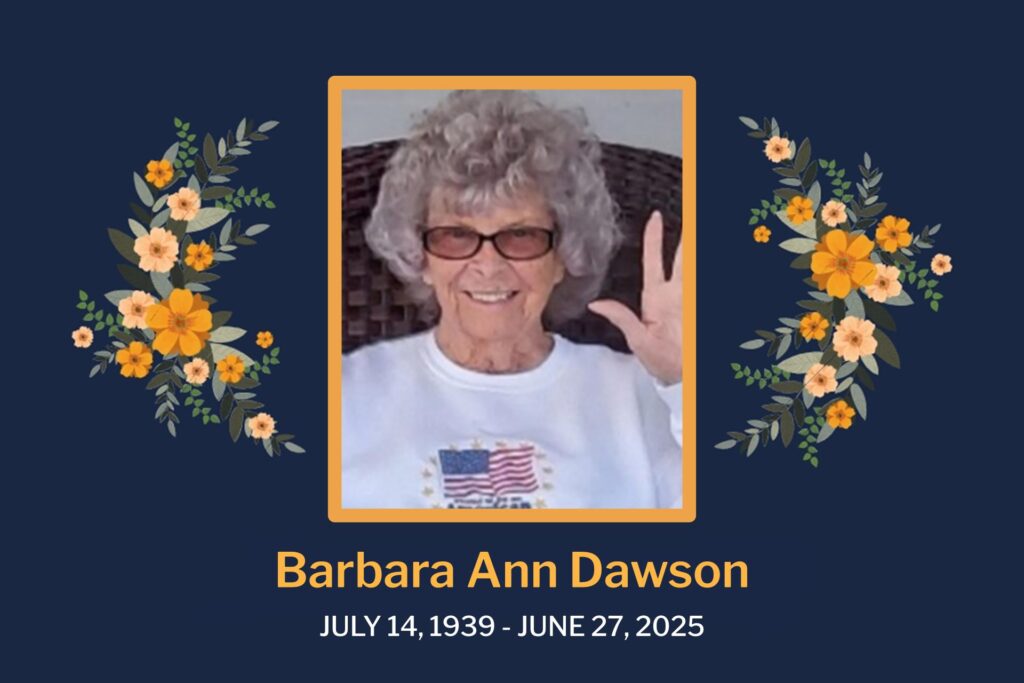MORGANTOWN — After COVID-19 moved classes online in 2020, a West Virginia University expert in adapted physical activity discovered that apps aren’t created equal when it comes to accessibility.
Even so, Samantha Ross, an assistant professor in the College of Applied Human Sciences, knew apps like Chrome or YouTube could still benefit users with disabilities, delivering multiple alternative ways to access information, from screen readers that turn written words into spoken language, to closed captions that convert spoken words into text. And once schools reopened classrooms, she observed that apps continued to be a big part of how K-12 teachers engaged classes.
Ross now ensures the undergraduate students she prepares for careers as physical education teachers understand how to choose classroom apps that enhance learning for all students, including those with disabilities such as dyslexia, low vision or hearing impairments.
Her paper in the Journal of Physical Education, Recreation and Dance offers physical educators — and all teachers — a practical toolkit for evaluating app accessibility and for implementing features such as closed captioning, keyboard navigation or text enlargement in the classroom.
“After the pandemic moved classes online, gym teachers started using Zoom and other technologies to lead their physical education classes,” Ross recalled. “I saw creative strategies, like scavenger hunts, that involved students participating in short exercise bouts within their homes.”
However, watching and evaluating students’ engagement in front of computers was much different than monitoring activity in a classroom.
“For one thing, the kids hardly ever stayed in the video frame,” Ross said. “It was a huge challenge, not just for physical education teachers, but for every teacher. Faced with that challenge, many educators found that, when designed well and used thoughtfully, apps could enhance the learning experience for everyone, and provide an alternative format for evaluating student performance.”
Ross researched two free education apps, Flipgrid and Padlet, which create private digital spaces where teachers share activity and discussion prompts. Students post content in response to those prompts and each other’s posts. She found that Flipgrid and Padlet omit major accessibility features, raising barriers to learning for students with disabilities.
For example, neither enables adding “alternative text” that describes an image, preventing students with vision impairments from getting audio descriptions of pictures.
And even existing features can be tricky. For instance, auto-captioning features for most apps produce inaccurate transcriptions of video or audio posts when the speaker has a speech impairment, accent or is in a noisy space.
“This may hinder the exchange of ideas from a diverse student group or demotivate participation among students with disabilities,” Ross said.
Ross’ paper provides tips and workarounds that empower educators to make the most out of these features and to help their students learn to do so.
“It’s hugely frustrating that accessibility features aren’t embedded at the front end of app development — that apps are developed and then there’s repair, back-end work to make them accessible, or we have to go through roundabout ways of using them accessibly.
“But as accessibility features become more user-friendly and straightforward to implement, that’s going to drive adoption. For example, Twitter now allows you to attach text descriptions to pictures and makes that easy for end users. There’s a ton of discussion out there about equity access — health that reaches all — and the new generation wants to be part of that movement.”
The paper’s co-authors included WVU doctoral student Kayla Abrahamson and Assistant Professor James Wyant.
“Zoom, Google Meet and YouTube became standard practice for instructing students,” Wyant said. “Now K-12 teachers have a higher comfort level with digital technologies, and the marketplace for educational technology, especially mobile apps, keeps getting bigger. Although cost has been a roadblock, access to open-source, free-to-use technology has grown substantially.”
Ross said she believes technology has become indispensable for adapting instruction to each student’s individual learning strengths, whether those are shaped by ability, disability or learning preferences.
“I like to think about whether there’s more than one way for students to participate,” she said. “Some students are comfortable in the classroom and comfortable leading. Some prefer time to process and reflect and would rather contribute afterwards. Some are comfortable typing, others want to verbalize. Apps provide multiple ways students can share content on a flexible timeline.”
Ross added, “As teachers, the goal is to engage every student. The tools we use will make the difference in whether we are successful or unintentionally create barriers to participation, and therefore unequal learning opportunities. Apps are very useful in that regard — they’re fun, they add engagement and we can use them responsibly when we consider the accessibility of the content we’re posting there to maximize engagement of all learners.”













